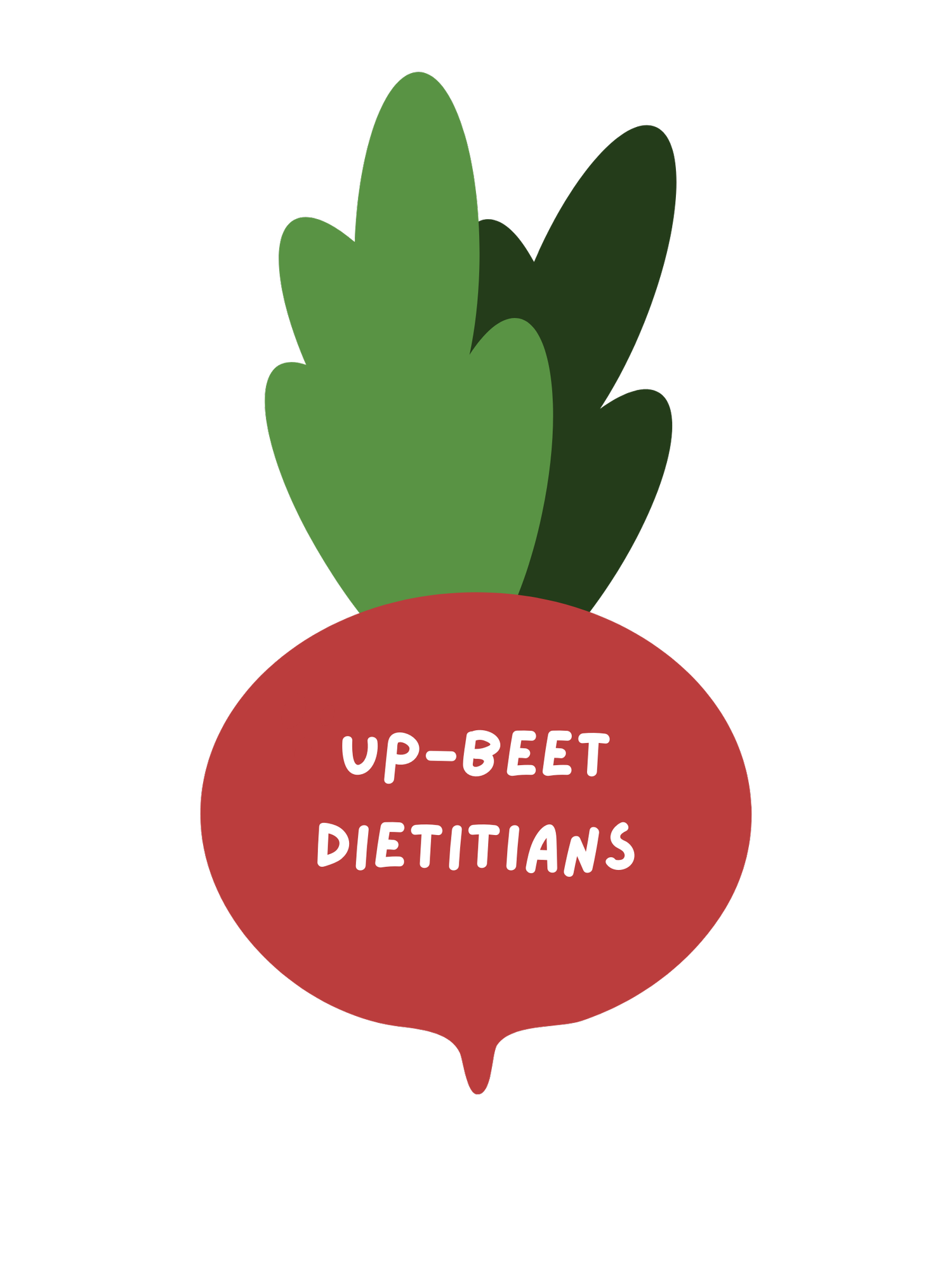What is the Difference Between Mindful Eating and Intuitive Eating?
Written by: Emily Krause, MS, RDN, LD
You might have heard about Intuitive Eating, but what is Mindful Eating? Are they the same thing?
Intuitive Eating and Mindful Eating can go hand in hand together nicely but are used for different purposes. They are different concepts that both can help you heal your relationship with your body. We’ll focus on Mindful Eating to start!
What exactly is Mindful Eating?
Mindfulness is something we as a society don’t really practice very much. There is so much pressure to be constantly going, “grinding” as a lot of people like to call it, and we rarely get a moment to sit and exist. Think back to a time where you were very much in the moment and not distracted. Not distracted by your phone, the TV, or thinking about what task you needed to complete next. You were truly giving whatever task you were completing or people you were hanging out with your full attention. Mindless eating is something a lot of people participate in since we’re distracted and this can influence our dietary habits frequently. Being more mindful or intentional about our eating can help us gauge fullness cues better, register what our body needs at the time, or even improve our experience when we eat.
Mindful Eating is an approach to food, like Intuitive Eating, that focuses on our experience and sensual awareness with food. There aren’t any specific recommendations around macronutrients, frequency of eating, or disease-specific nutrition. The largest emphasis is around living in the moment, savoring our food, and understanding that eating is so much more than “food is fuel.” When we eat, we bond with others, we learn about new cultures, we celebrate life. There is SO much more to eating than just calories, or even a means to lose weight and manipulate our body type.
What’s the difference between Intuitive Eating and Mindful Eating?
If you’re familiar with Intuitive Eating, you may be noticing some similarities between Intuitive Eating and Mindful Eating, as there are many! Mindful Eating is oftentimes taught within the Intuitive Eating agenda. Intuitive Eating is a broader approach to life focusing on dietary habits, your relationship with food, movement, rejecting diet culture, and body neutrality. Mindful Eating is a smaller component of Intuitive Eating that focuses on the mindfulness factor of eating. It’s not a matter of one or the other, they go hand-in-hand to help you improve your relationship with food.
To learn about intuitive eating more in-depth, check out our blog post.
Is Mindful Eating for You?
Mindful Eating may not be your top priority or even something on your list of goals when it comes to health and that’s okay. If you’re someone who finds yourself rushing through meals or not being able to gauge fullness cues well, Mindful Eating could be a great start to getting back in touch with your body and enjoying food again. And if you don’t think you need to incorporate Mindful Eating, why not try just one or two of the following recommendations? Doesn’t hurt to live a little bit more in the moment!
Small Changes You Can Make to Incorporate Mindful Eating
If you feel that Mindful Eating is something that interests you, here are a couple techniques you can start to incorporate.
Allow Yourself 15-20 Minutes to Eat
It takes the body 15-20 minutes to register it’s full. While we’re eating and chewing, our body sends designated hormones to our brain letting it know when our body is full. If we rush meals and inhale our food within 5-10 minutes, we aren’t giving our bodies enough time to eat and we can potentially eat past a comfortable fullness level.
Set Down Your Utensil or Take Sips of Water between Bites
Sometimes we don’t allow ourselves to properly chew our food. By the time our current bite may be over, we’re already eating more food. Something very easy you can try is setting down your utensil or food (if it’s finger food) between bites. This will force your body to take the time to chew and think about what you’re eating. Instead of being distracted by preparing your next bite, you’re experiencing the current bite from end to finish.
Reflect on Your Senses as You Eat
This one may be silly, but we promise it can be life-changing. When you chew your food, are you thinking about what you’re eating? And we mean REALLY thinking about it? This is a fun activity we learned in school and we want to pass it along to you. We verbally guide you through this activity during our intuitive eating podcast episode. When you take a bite of food, think about 1) how it looks, 2) the weight of the food as you take a bite and it sits in your mouth, 3) the texture of the food, and 4) the temperature of the food. By reflecting on these different components of food, we’ve found that many patients and clients have started to enjoy foods they like even more!
These are just a few to get you started. As you find yourself practicing these more, your attitudes around living mindfully also may change. Oftentimes, we’ve noticed individuals start to adopt the following attitudes: non-judging, patience, trusting, and acceptance. Eating mindfully is important and can lead to you living your life more mindfully as well. There are so many resources around Intuitive Eating and Mindful Eating, but we highly recommend starting off with our podcast and the blog.
Want to work with a registered dietitian to find a more sustainable approach to your health? Work with Emily or Hannah.





